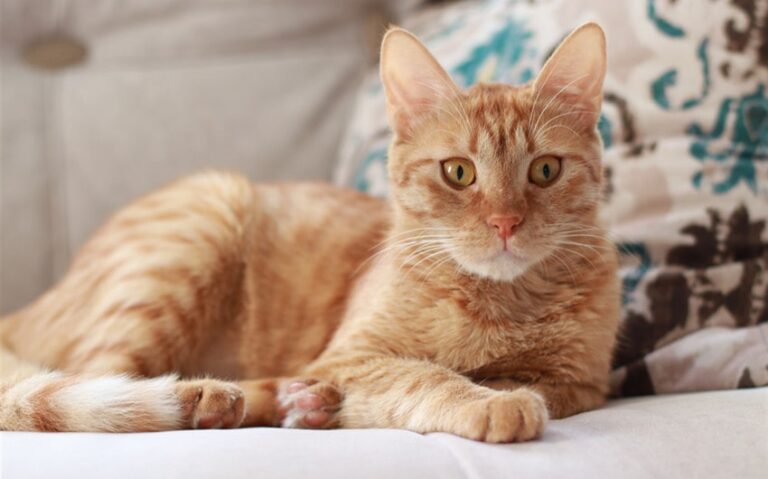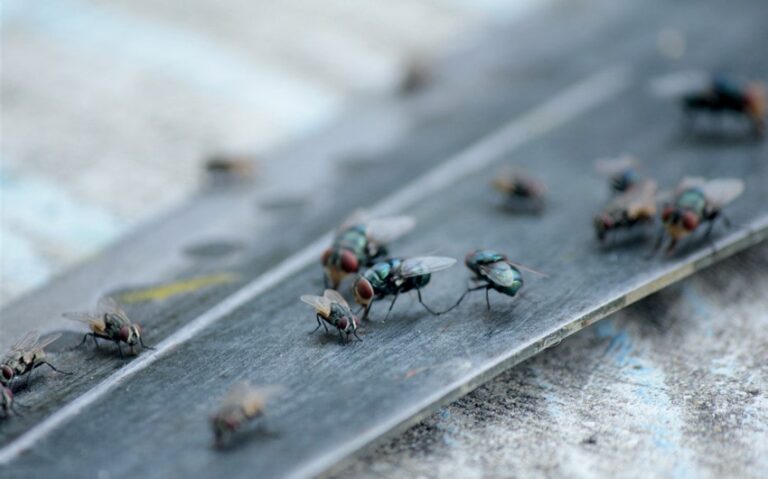Why Are Chef Hats So Tall? History, Symbolism, and a Bit of Drama
Of all the uniforms in the world, the chef’s hat might be the most theatrical. Tall, white, and pleated like a delicate accordion, it’s hard to miss—and even harder to ignore. I’ve always wondered: why are chef hats so tall? Is it tradition, vanity, utility? Turns out, the answer is layered, like the folds in the hat itself.
The Tall Hat Has Deep Historical Roots
The origins of the chef’s hat go back further than you might think—possibly as far as the 7th century. In ancient Assyria, it’s believed that royal cooks wore hats similar to those of priests to distinguish their elevated position in the court. This wasn’t just about fashion—it was about trust. The cook, after all, had access to the ruler’s food and, by extension, his life.
Fast forward to medieval Europe, and kitchen workers began to adopt head coverings as a matter of hygiene and status. The more important the cook, the taller and cleaner the hat. It separated them from servants or apprentices, both visually and symbolically. It was also practical—hats kept sweat and hair out of the food before hairnets or industrial fans existed.
The modern iteration of the tall white hat—the toque blanche—became standard in the 19th century, popularized by the influential French chef Marie-Antoine Carême. Carême believed in the artistry of food and the dignity of those who prepared it. He wanted chefs to dress as professionals, not as kitchen hands. So he elevated their attire—literally—by raising the height of the hat.
Height = Hierarchy in the Kitchen
In many traditional kitchens, especially those influenced by French culinary culture, the height of the hat has long signified the rank of the wearer. The taller the toque, the higher your position in the kitchen hierarchy. The head chef, or chef de cuisine, wore the tallest hat, often reaching 12 to 18 inches high. It was a symbol of authority and experience—like a crown for the culinary world.
This wasn’t just about ego. In a busy kitchen, especially before modern uniforms or name tags, visual cues were everything. The tall hat allowed staff to instantly recognize who was in charge. Line cooks and sous chefs wore shorter hats or skull caps, showing their position at a glance. The hierarchy helped maintain order during the heat of service when communication had to be quick and efficient.
While modern kitchens may be less rigid, the concept of visual hierarchy still lingers. Many chefs take pride in their uniform because it represents not just their role—but the years it took to earn it.
The Pleats Hold Symbolic Weight Too
One of the most enduring legends about the chef’s hat is the story of the pleats. According to culinary folklore, a traditional toque has 100 pleats—each representing a different way to cook an egg. It’s a romantic notion, and while no one’s really counting egg recipes, the idea still matters.
The pleats are a visual metaphor for mastery. A hat with more folds suggests more knowledge, more skill, more experience. Whether you believe the egg story or not, the pleats speak to the chef’s journey—the repetition, the discipline, the attention to detail required in the culinary arts.
Even the act of pleating has symbolic significance. It’s repetitive and exact, much like cooking itself. Every fold echoes the process of learning—technique after technique, recipe after recipe. A hat with many pleats isn’t just ornate; it’s an emblem of earned respect.
Ventilation and Hygiene Matter Too
For all the symbolism, the chef’s hat also serves very practical purposes. In hot, bustling kitchens, where open flames and industrial ovens raise the temperature, staying cool isn’t easy. The height of the toque allows hot air to rise above the head, creating a pocket of ventilation. The extra space helps regulate temperature and keeps the chef slightly cooler during long shifts.
The material matters, too. Most toques are made of lightweight, breathable cotton or paper to wick away sweat. The pleats increase surface area, which helps with moisture absorption. Combined with the tall structure, this helps keep the chef more comfortable in conditions that are anything but.
Hygiene is another critical function. The hat keeps hair contained, preventing it from falling into food. It also prevents sweat from dripping down the forehead into dishes—especially during service, when there’s no time to wipe your brow. In this sense, the chef’s hat is a frontline defense in maintaining cleanliness, professionalism, and food safety.
Today’s Kitchens Don’t Always Stick to Tradition
Walk into a modern restaurant kitchen, and you might not see a single tall hat. In many contemporary or casual kitchens, chefs wear baseball caps, bandanas, skull caps, or even go bare-headed. The tall toque is often reserved for formal settings—fine dining establishments, culinary schools, or special events like cooking competitions or televised shows.
This shift isn’t about disrespecting tradition. It’s about practicality. Modern kitchens value mobility, comfort, and team culture. The tall hat, while elegant, can be cumbersome in tight spaces or fast-paced environments. Shorter hats are easier to store, clean, and wear without getting in the way.
Still, the tall hat hasn’t disappeared. It remains a powerful symbol in the culinary world, often worn for ceremonies, graduations, or photoshoots. Many chefs still choose to wear it with pride—as a reminder of where the profession came from, and what it represents when done with excellence.
So, Why Are Chef Hats So Tall?
Because they carry the weight of history. Because they symbolize mastery, rank, and respect. Because they function as tools of hygiene and comfort. Because they offer a bridge between the past and the present—a visual shorthand for dedication, discipline, and the art of cooking at its highest level.
They’re tall because once upon a time, chefs fought to be taken seriously. They wanted to be seen not as servants, but as skilled artisans. And the hat, with its towering elegance and pleated dignity, became their emblem.
Even today, when so much has changed, the tall hat remains. Maybe not in every kitchen. Maybe not every day. But it still means something. It still says: I’ve worked for this. I’ve studied. I’ve failed and learned and risen again—like steam from a hot pan, like the air rising through the folds of a tall white hat.






